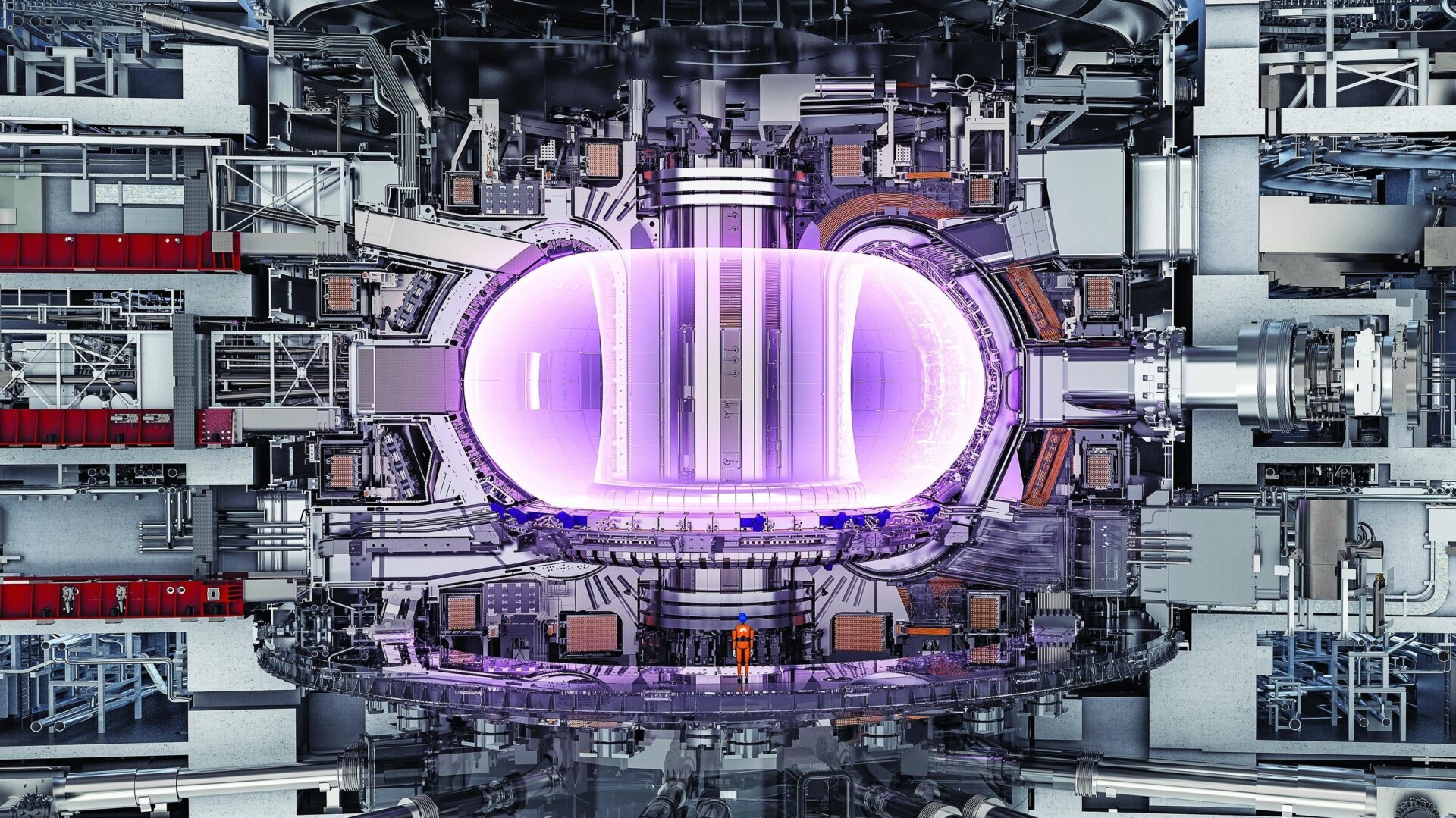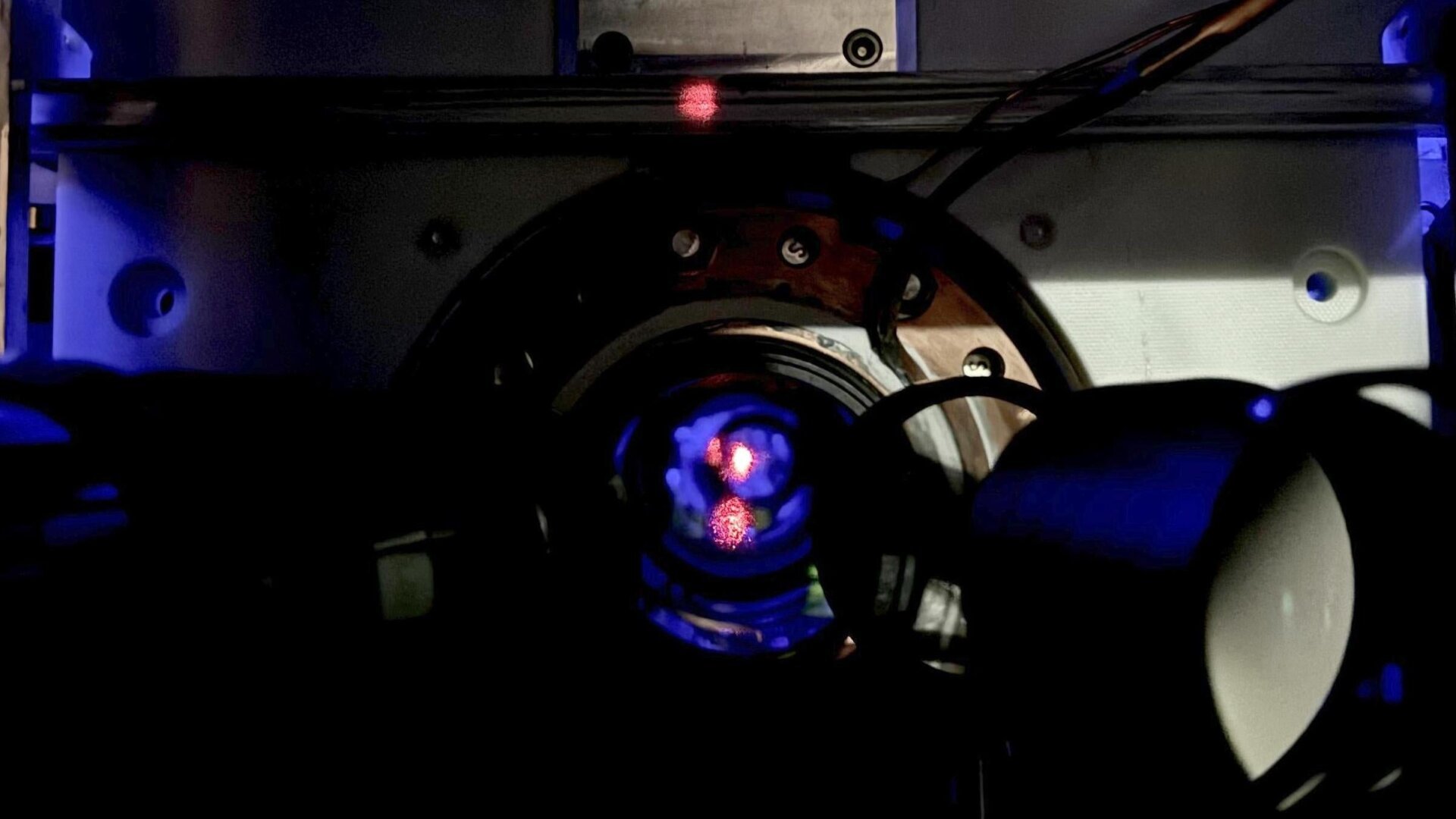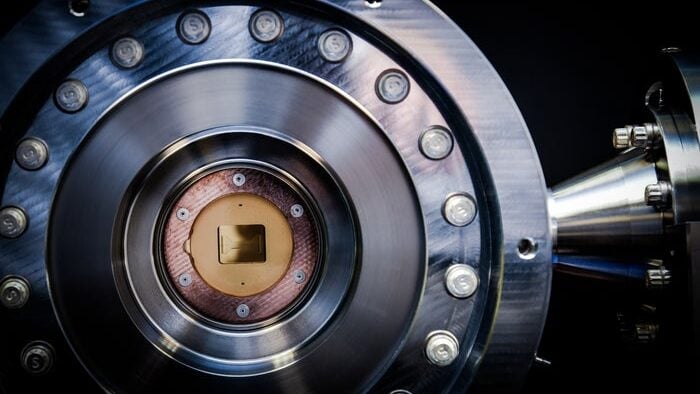Solar energy is often associated with electricity, but a groundbreaking study published in Device explores its potential for generating extreme heat. Researchers have developed a novel approach using quartz crystals to trap sunlight and reach temperatures exceeding 1,800°F (1,000°C), offering a cleaner alternative to carbon-intensive industrial processes like steel smelting and cement production.
This innovative technology capitalizes on quartz’s unique ability to capture and retain solar energy. The team designed an apparatus consisting of a synthetic quartz rod attached to a silicon absorber disk. In tests simulating concentrated sunlight equivalent to 136 suns, the rod reached approximately 1,112°F (600°C), while the absorber plate soared to an impressive 1,922°F (1,050°C).
“Around half of our global energy consumption is in the form of heat,” explains Emiliano Casati, an engineer at ETH Zurich and the study’s corresponding author. “Decarbonizing heat generation is crucial for combating climate change, and this technology presents a significant step in that direction.”
Conventional solar receivers, which concentrate heat from mirrored sunlight, struggle to efficiently handle temperatures above 1,832°F (1,000°C). Industries like glass, steel, and cement manufacturing require such extreme heat, currently achieved through the burning of fossil fuels. Cement production alone accounted for approximately 8% of global CO2 emissions in 2023, while glass melting contributes an estimated 95 million tons of anthropogenic carbon annually.
 Cement factories along China’s Yangtze River.Cement factories along China’s Yangtze River. Photo: Tim Graham (Getty Images)
Cement factories along China’s Yangtze River.Cement factories along China’s Yangtze River. Photo: Tim Graham (Getty Images)
Integrating quartz into industrial processes could enable manufacturers to leverage solar power for high-temperature applications, reducing reliance on polluting fossil fuels.
“Energy is fundamental to our society’s survival,” Casati emphasizes. “Solar energy is abundant, and the technology is available. Demonstrating the economic viability and scalability of this approach is key to encouraging widespread industrial adoption.”
Modeling and Future Directions
Beyond experimental testing, the researchers developed a model to assess the system’s efficiency. Their findings revealed that quartz significantly enhances performance. An unshielded receiver achieved 40% efficiency at 2,192°F (1,200°C). However, adding a 11.8-inch (300mm) quartz shield boosted efficiency to 70% at the same temperature.
The team is currently investigating other materials, including fluids and gases, with potential thermal trapping properties. These materials could further improve the efficiency of renewable energy solutions and accelerate the transition away from fossil fuels.
Conclusion
This pioneering research demonstrates the potential of quartz crystals to capture and store solar energy at exceptionally high temperatures. While further development and scaling are needed, this technology holds promise for decarbonizing energy-intensive industries and contributing to a more sustainable future. By harnessing the power of the sun for industrial heat, we can move closer to a cleaner, greener world.











